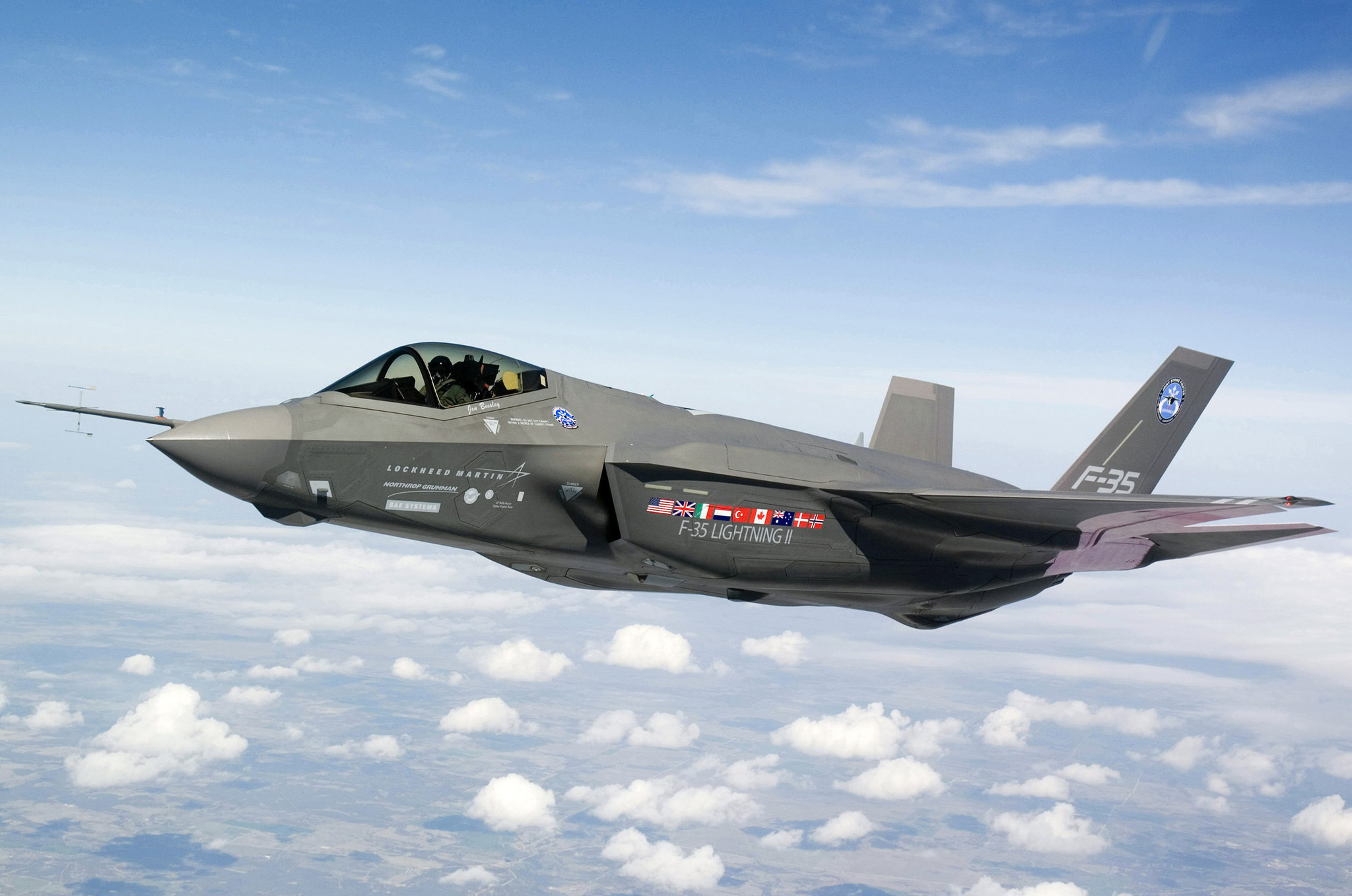On 26 March 2015, the Saudi-led coalition announced it would launch airstrikes against targets in Yemen in an effort to defend and support the elected government run by President Abd Rabbu Mansour Hadi. From the beginning of the coalition’s engagement through August 2018, the UN estimates that the coalition – with significant levels of United States support – has launched over 19,000 airstrikes, resulting in 10,471 casualties. The violence has forced more than 570,000 people to flee their homes. Reacting to the civilian toll and the US’ supporting role, the US Senate has called for a halt to the US arms sale to Saudi Arabia. The Trump administration, however, vetoed the recently passed Congressional resolution, arguing that it is necessary for the US to provide continued support to Saudi Arabia. This argument is based on three principles, which are fundamentally unsound.
I. Jobs
The Trump Administration has claimed that the US’ multi-billion-dollar arms industry is a major job creation engine. President Trump repeated this claim on 12 November 2018, when he told reporters outside the White House, “I don’t want to lose all of that investment being made into our country. I don’t want to lose a million jobs, I don’t want to lose $110 billion dollars in terms of investment, but it’s really $450 billion if you include other than military. So that’s very important.” However, in reality, jobs created by US arms sales to Saudi Arabia are significantly fewer than what Trump has claimed. This is in part because the five biggest US defense contractors, which are also the main suppliers to Saudi Arabia, combined only employ 383,000 people. Arms sales to Saudi Arabia already accounted for 22% of U.S. total arms exports from 2014 to 2018. While the massive sales that Trump talked about would increase in the flow of weapons it is simply impossible that the new sales treaties could generate two times more positions. In fact, projections by Lockheed and interviews with defense experts suggest that “fewer than 1,000 positions would be created by the defense contractor.”
In an interview with the Fox Business News one month earlier, on 17 October 2018, President Trump explained that the arms sales with Saudi Arabia as “$110 billion in purchasing. It’s 500,000 jobs, American jobs. Everything’s made here.” In reality, Saudi Arabia’s new economic plan, Vision 2030, aims to spur joint ventures with US defense giants in the kingdom through the transfer of technology as well as the creation of job opportunities. However, this would reduce the number of jobs which could be created for U.S. citizens. For instance, the agreement signed between Boeing and Saudi Military Industries on March 2018 is aimed at creating revenues exceeding $22 billion and more than 6,000 jobs for Saudi youth by 2030. The partnership between Raytheon and Saudi Arabian Oil Company (Saudi Aramco) would also “carry out research and development activities in the Saudi Arabia region.” Thus, rather than spur job creation in the US, the creation of defense sector jobs inside Saudi Arabia in tandem with US defense corporations would result in fewer jobs for Americans, bringing the promise of “500,000 jobs in the U.S.” in serious question.
II. Leverage
A second claim underpinning the need for the US to continue to supply weapons to Saudi Arabia is that as long as the US is involved, it can work with the coalition to avert civilian casualties. In Secretary Mattis’ briefing on Yemen to the US Senate on 28 November 2018, he stated that the Trump administration had added measures to its logistical support for the coalition’s airstrikes designed to minimize civilian casualties. His remarks echoed the sense inside the Pentagon that US assistance, including refueling coalition jets and targeting training, reduces civilian casualties. Through US efforts and assistance, officials in the State Department claimed they had “observed efforts by Saudi Arabia and UAE to reduce civilian casualties” in part by “complying with applicable agreements and laws regulating defense equipment purchased or transferred from the US.”
Although Secretary Mattis and other US officials have claimed that the coalition has made progress in avoiding civilians casualties, coalition airstrikes have targeted medical facilities numerous times. Children have also been targets for airstrikes. In August 2018, an airstrike hit a school bus of children, killing 40 children in addition to 11 adults. Overall, more than 70,000 people have been killed in the conflict since January 2016. Furthermore, since the beginning of 2018, almost 100 civilians have been killed or injured every week. As a result, despite the proclamations of US officials, it is apparent that the US efforts have not made a serious effect on civilian casualties.
Even as the US has bolstered its arms sales through claims that it could help avert civilian casualties, US weapons sold to Saudi Arabia and the UAE have been found in the hands of “al Qaeda-linked fighters, hardline Salafi militias, and other factions waging war in Yemen.”
III. If We Don’t, Someone Else Will
A third argument is that if the US does not sell weapons to the Saudis and their allies, a third party will, and the US will lose a market for arms sales. Indeed, four days after the CIA published its assessment concluding that Jamal Khashoggi was murdered under the orders of Saudi Crown Prince Mohammad bin Salman, President Trump released a statement calling for continued cooperation with Saudi Arabia. He claimed that canceling the arms sales to Saudi Arabia would be foolish because “Russia and China would be the enormous beneficiaries – and very happy to acquire all of this newfound business.” However, this claim is not valid because Saudi Arabia does not have an option to turn to other countries for four reasons.
First, the Saudi military depends heavily on advanced US arms and technology and it would be almost impossible to move away from receiving US support and towards receiving a third party’s support in a short time frame. For example, US F-15s comprise almost half of the Saudi air force and serve as the main units carrying out airstrikes. Similarly, Saudi land operation forces are almost exclusively equipped with US-made M1 Abrams tanks and Bradley infantry fighting vehicles. If Saudi Arabia were looking to partner with Russia or China, it would need to replace these weapons, and it would be a monumental task to do so in a short time frame. In addition, Saudi Arabia’s training repertoires and existing operation programs correspond with US-made weapons, so the kingdom would need to overhaul and redesign training programs in order to integrate soldiers and new equipment.
Second, Saudi Arabia cannot turn to Russia and China for purchasing military equipment because neither China nor Russia has the industrial capacity to fulfill Saudi Arabia’s needs, especially in the middle of a war. Indeed, the US has supported and supplied the Saudi military for years, and has been the kingdom’s largest arms supplier since 2014. From 2014 to 2018, Saudi Arabia comprised 12 percent of total arms imports worldwide, and it gets most of its weapons from the US, the United Kingdom, and France. While Russia was the world’s second largest arms supplier, from 2009-2013 and from 2014-2018, it saw a 17 percent decrease in volume. China is the fifth largest arms exporter and accounted for only 5.2 percent of the world’s total exports from 2014 to 2018. As a result, neither Russia nor China has the capacity to supply Saudi Arabia in the place of the US.
Third, the core technology supporting the arms purchased by the Saudi Arabia is almost exclusively US-made, creating a potential disconnect between military hardware and the software necessary to run the hardware. Fundamentally, US hardware cannot be paired with Russian or Chinese software, or the other way around. As a result, Saudi Arabia would need to scrap nearly all American-made weapons and invest in an entirely new arsenal, at the cost of multiple billions of riyals.
Fourth, Trump administration claims that it would hurt US interest if the United States were to end the arms trade with Saudi Arabia for three reasons: hundreds of thousands of jobs will be lost; the US would have no more leverage in the Yemen War; and, Saudi Arabia would turn to Russia and China for the alternative arms trade. These claims, however, do not align with reality, and the US should and could put an end to its arms sales to Saudi Arabia without hurting its own interest. It would also be the only way to stop Saudi Arabia from continuing to violate human rights and bombing civilians in Yemen.
Through its arms sales, the US has significant leverage over the member states of the coalition, in particular Saudi Arabia and the UAE. It must use this leverage and the threat of an end to weapons sales to pressure the coalition to come to a peace agreement in Yemen and to agree to support a political transition. Continuing to use specious arguments about the necessity of arms sales for purely economic reasons privileges corporation profits over Yemeni lives. The US has the means to get the parties to the conflict to the table and it must use them.
Cindy Lu is the Advocacy Intern with ADHRB





